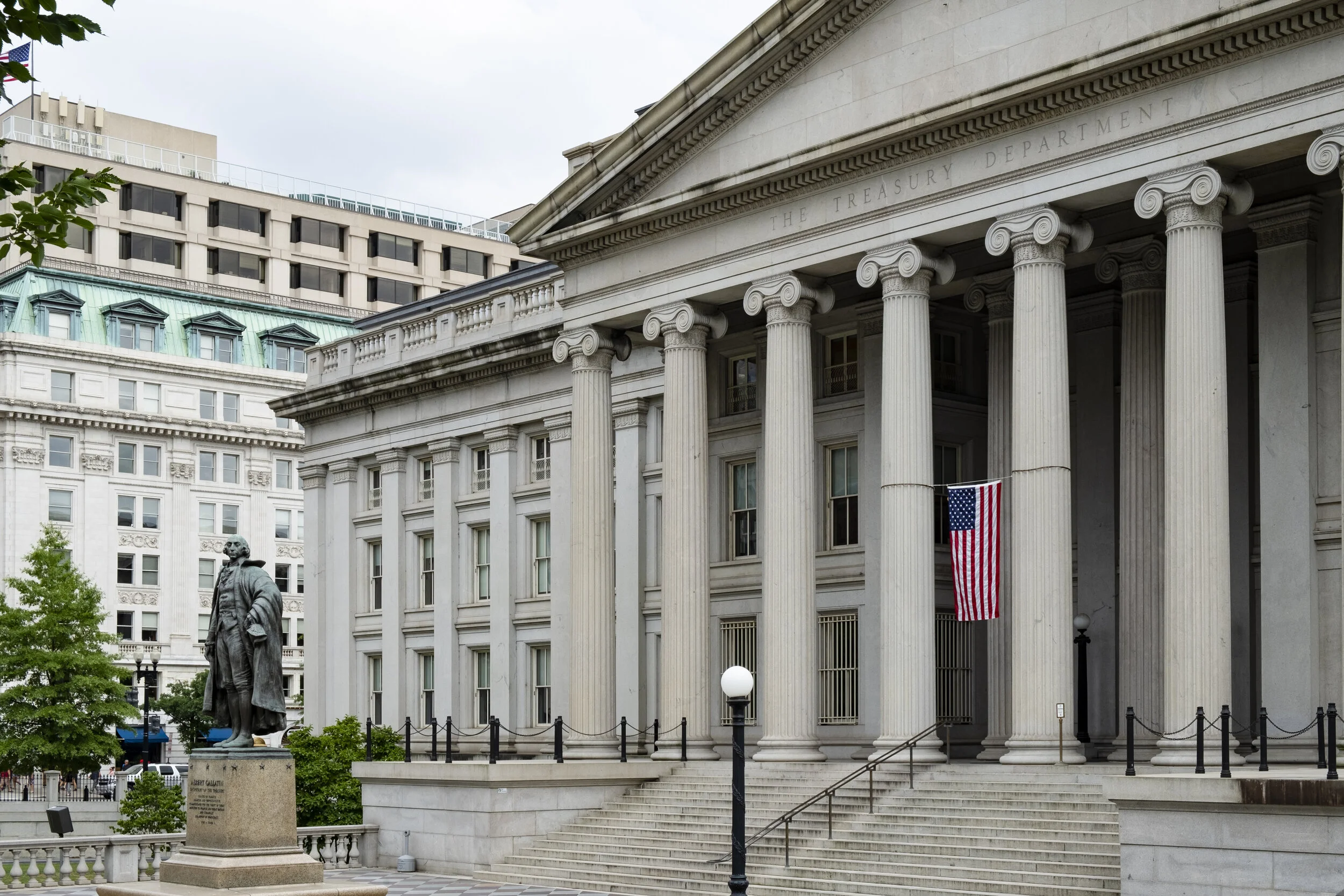Households owed more than $500 billion in taxes when they filed their returns this year, an increase of about $200 billion from immediately prior to the pandemic. The large tax liability owed at filing is mostly the result of a surge in capital gains and other income from financial assets in 2021.
President Biden’s FY2023 Budget Proposal: Budgetary and Economic Effects
We project that President Biden’s FY2023 Budget, taken as a whole, would reduce debt and grow the economy by 0.4 percent over time, with two major components of the Budget---"Build Back Better” and “New Provisions”---working in opposite directions.
Capital Gains Taxation and Deferral: Revenue Potential of Reform
This brief examines different approaches to removing the capital gains “lock-in effect” within a realization-based tax framework. We estimate that this change would produce between $115 billion and $357 billion in additional tax revenue over the next 10 years, depending on the exact design.
The Impact of the Build Back Better Act (H.R. 5376) on Inflation
PWBM projects that the spending and taxes in the Build Back Better Act (H.R. 5376), as written, would add up to 0.2 percentage points to inflation over the next two years and reduce inflation by similar amounts later in the decade. As an illustrative alternative, if temporary major spending provisions were made permanent, the bill would add up to a third of a percentage point to near-term inflation and have a negligible impact on inflation later in the decade.
H.R. 5376, Build Back Better Act: Budget and Macroeconomic Effects
PWBM estimates that H.R. 5376, the Build Back Better Act, would increase spending by $2.1 trillion over the 10-year budget window while increasing revenue by $1.8 trillion, for a 10-year deficit of $274 billion. By 2050, the proposal would decrease GDP by 0.2 percent, relative to current law.
Can Higher Inflation Help Offset the Effects of Larger Government Debt?
Higher inflation reduces the real value of the government’s outstanding debt while increasing the tax burden on capital investment due to lack of inflation indexing. Increasing the current annual inflation target regime from 2 percent to 3 percent inflation reduces debt while lowering GDP.
Sens. Manchin and Schumer’s 2021 Senate Budget Reconciliation Agreement: Macroeconomic and Distributional Effects
PWBM projects that the long-run aggregate macroeconomic effects of Senator Joe Manchin's $1.5T reconciliation framework would be negligible. The economic benefits would largely accrue to younger, poorer households while the economic costs would fall mostly on richer households.
Revenue Provisions in the House Ways and Means Reconciliation Bill: Budgetary Effects
PWBM projects that the revenue-raising provisions in the House Ways and Means Reconciliation Bill would raise roughly $2.4 trillion from 2022 to 2031.
The Macroeconomic Effects of the August 2021 Senate Budget Reconciliation Package
Drafting a budget from the August 2021 Senate reconciliation framework that satisfies the Senate rules of reconciliation (“Byrd Rule”) will require a decrease in new outlays or a large increase in revenues (or both) after the standard 10-year budget window.
One such potential reduction in spending would allow the new non-healthcare related discretionary spending provisions to expire after 2031.
With this reduced spending in 2031, we project that the reconciliation package will decrease GDP by 4.0 percent in 2050. Without this spending decrease (and where the Byrd Rule is not satisfied), we project a 4.8 percent fall in GDP in 2050.
Economic Effects from Preschool and Childcare Programs
By 2051, we find that a combination of targeted preschool and targeted childcare programs increase GDP by 0.1 percent relative to current policy, even if deficit financed. Universal versions of these programs are more costly and would instead reduce GDP by 0.2 percent by 2051.
Budgetary Offsets for Democrats’ Reconciliation Package: Options
We analyze a combination of net revenue raisers consistent with the requirements released by the Senate Budget Committee on August 9th, 2021, for budget reconciliation.
President Biden’s FY2022 Budget Proposal: Budgetary and Economic Effects
PWBM estimates that President Biden’s FY2022 budget proposal would increase spending by $6.1 trillion and increase revenue by $3.9 trillion over the 2022-2031 budget window. By 2050, we project that the President’s budget proposals would decrease public debt by 5.1 percent and decrease GDP by 1.5 percent relative to current law.
Interactive Tool: Options to Reduce the National Debt
This interactive page presents estimated budgetary, economic, and distributional effects for a wide array of policies and policy packages that would reduce the federal debt.
Explainer: Capital Crowd Out Effects of Government Debt
Government spending redirects real resources in the economy and can crowd out private capital formation. An additional $1 trillion debt this year could decrease GDP by as much as 0.28 percent in 2050.












